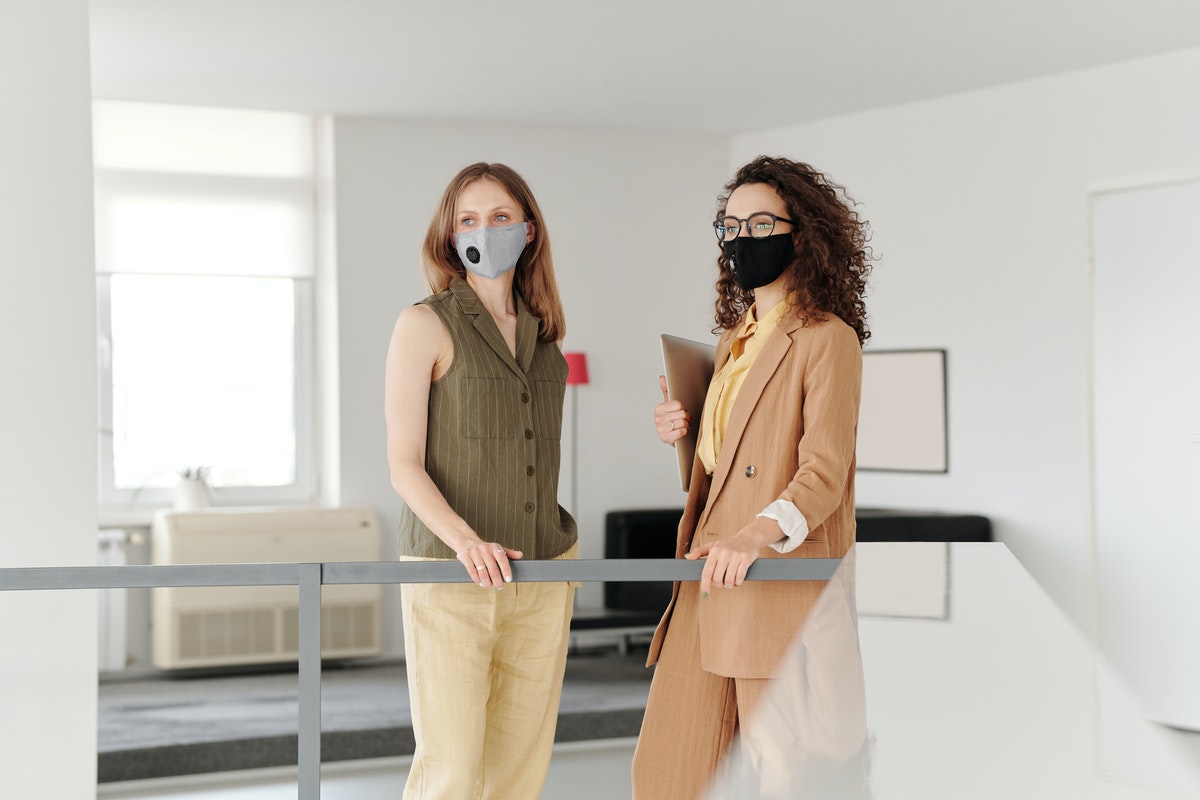The fashion industry is one among many that were badly hit by the pandemic’s effects, with companies like J.C. Penney, Neiman Marcus, the Brooks Brothers, and many more filing for bankruptcy. Other companies, on the other hand, have suffered major losses since the beginning of the pandemic. Despite a spike in online sales, there was no making up for revenue lost last year.
However, those in the industry are learning from the past year’s losses and using these lessons to shift their strategies and thrive in a post-pandemic future. From different fashion brands’ increasing their presence on e-commerce channels to using consumer data to create new pieces, here’s what the future may hold for the fashion industry.
Fashion Is More Personal
Before the pandemic, designers created pieces driven by passion and creativity and consumers would wear them. Now, in the age of staying and doing most things at home, people are looking for fashionable outfits that they can enjoy from the comfort of their own home. Because of this, fashion brands are now becoming more data-driven- focusing on consumer behavior by observing consumer preferences and shopping behavior to know which pieces will attract consumers and get them more likely to buy these pieces.
Not only does this allow brands to create profitable pieces based on color preferences, trends, climates, and the like, but it also reduces energy consumption and waste, making it good for the environment.
DIY Is In
Hobbies are more important than ever during uncertain times like these, and when people are stuck at home, they want to find something fun to do after a hard day of work or school. The younger generation is taking advantage of free time spent at home by involving themselves in DIY projects. Whether it’s DIY gel manicure kits or crochet sets, people are finding different ways to express themselves in the comfort of their own homes.
PPE Has Turned into a Fashion Statement
When you hear about personal protective equipment (PPE), you may think of the hazmat-like suits doctors wear to protect themselves from contracting COVID-19. What many don’t realize, however, is that face masks are a form of PPE for the general public. Before the pandemic, masks were thought to only be for doctors or people who were sick. What started as a form of protection against the coronavirus is now becoming the newest fashion statement. From the traditional face masks with filters that block out dust and particles to handmade and even designer masks, there are so many options for people to choose from, and the differences don’t just stop at their producer.
People are starting to make their own face masks, and even fashion designs release their own version of the protective cloth. These brands offer the masks in different colors, designs, and even materials, allowing people to express themselves while keeping themselves and the people around them safe. Because of this new trend, it isn’t a surprise to find fashion enthusiasts coordinating their outfits, masks included.
However, people need to stay cautious around non-medical face masks because a mask can’t protect someone if it’s only one layer thick. Consumers should note that masks should at least two or three layers to protect the wearer and the people around him or her.
Sustainability Is the Future

In recent years, consumers have been paying more attention to social and environmental issues that plague the fashion industry, prompting the rise of slow fashion. This has also led to consumers changing their shopping habits and going for more sustainable and ethical clothing that, despite costing more, lasts longer and has better quality than fast fashion pieces.
Simple Comfort Is the New Style
As people continue to spend most of their time at home, the demand for professional clothing went down while the need for more comfortable yet presentable pieces such as athleisure, cozy loungewear, and the like rose in popularity. Even as video conferences replace face-to-face meetings in remote working setups, most people only need a nice top to look presentable on camera, prompting many to use neutral-colored and relaxed clothing that allows consumers to easily transition between daily responsibilities.
The Bottom Line
It’s safe to say that the industry has drastically changed in the past year. Not only had consumer behavior, shopping habits, and trends changed, but fashion brands are slowly learning to adapt to the times and cater to the new generation of consumers.
